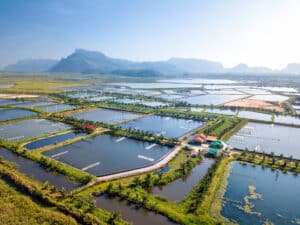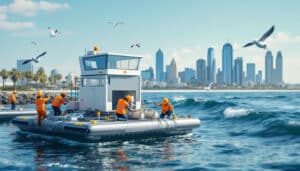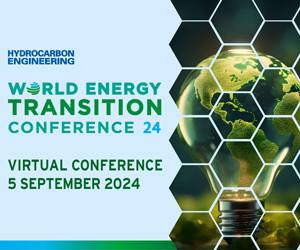Modern cities, where concrete and urbanization reign supreme, are often the stage for major ecological challenges. Overexploitation of natural resources, rampant CO2 emissions, and water scarcity are all elements that jeopardize the sustainability of our urban habitats. However, in the midst of this urban turmoil, a ray of optimism emerges: urban aquaculture. This innovative and ambitious method could well transform our traditional metropolises into genuine sustainable oases. By relying on proven concepts such as aquaponics and hydroponics, urban aquaculture begins to outline the contours of a new vision for our urban future.
Table of Contents
ToggleReducing carbon footprint through urban aquaculture
Despite their small area, cities are responsible for 70% of global CO2 emissions. This alarming figure highlights the urgency to innovate in order to reduce this colossal footprint. Urban aquaculture emerges here as a promising way out. By cultivating resources such as fish, seaweed, and shellfish directly in urban areas, we can hope to reduce our dependence on intensive and polluting production models.
Aquaponic systems, for example, combine plant cultivation and aquaculture in a symbiotic environment. The waste from fish provides natural nutrients for the plants, while the latter filter and purify the water for the fish. This closed and sustainable system minimizes the need for chemical fertilizers and significantly reduces water usage. Furthermore, by promoting sustainable strategies, urban aquaculture contributes to a notable reduction in emissions associated with transporting food products over long distances.
- Reduction of CO2 emissions through local production
- Optimization of urban space use
- Decrease in dependence on traditional food systems
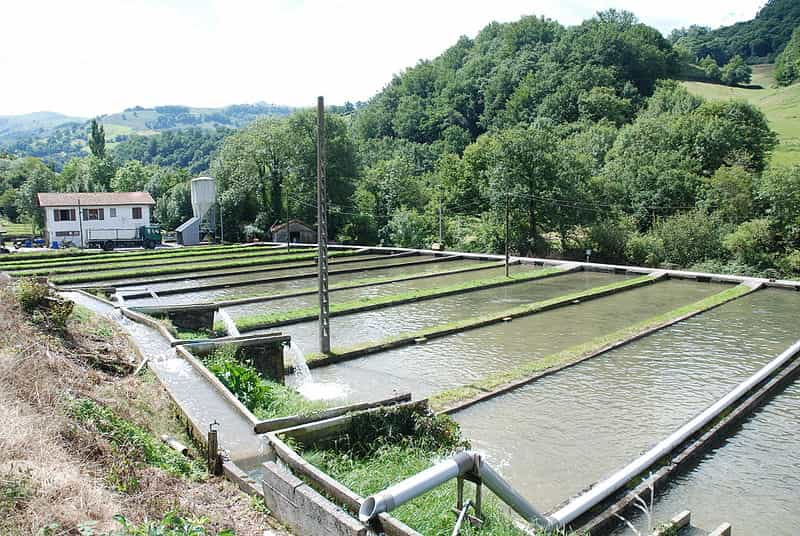
Optimizing urban spaces with aquaculture
The question of space is crucial in urban environments. As cities grow, available land for productive activities becomes scarce. In this context, urban aquaculture offers an ingenious solution by exploiting previously underutilized spaces such as rooftops, vacant lots, and even basements. This innovation allows for an additional layer of sustainability in our approach to urbanization.
Rooftops can thus be transformed into aquaponic farms, combining plant crops and fish farming. For instance, the city of Paris has already begun testing this type of installation on some of its large buildings. The success of these initiatives could inspire other cities to follow the same path, thus transforming the urban landscape into a mosaic of polyculture.
- Conversion of rooftops into productive farms
- Utilization of basements for aquatic basins
- Improvement of urban microclimates
Impact of urban aquaculture on ecology
Urban aquaculture does not only produce food. It also strengthens local biodiversity and improves air quality. Aquaponic plants, in particular, absorb CO2 and produce oxygen, thereby reinforcing the sustainable ecosystem. Moreover, green roofs mitigate the urban heat island effect, creating cooler and more pleasant microclimates.
Furthermore, by integrating aquaponic systems into cities, we actively participate in the conservation of natural marine resources. Rather than continuously drawing from already overexploited oceans, the urban approach offers a viable and sustainable alternative that preserves our natural capital.
| Elements | Effects |
|---|---|
| Local biodiversity | Strengthening |
| Air quality | Improvement |
| Urban microclimate | Cooling |
Urban aquaculture to strengthen community
Beyond environmental benefits, urban aquaculture is also a vector of social cohesion and community development. By involving residents in collaborative projects, this approach encourages a more connected and committed community.
Aquaculture initiatives can take the form of local cooperatives where citizens work together in the production of food resources. This collaborative model strengthens the social fabric, promotes knowledge exchange, and encourages greater collective responsibility for the future of our cities. These projects can also prove to be economically beneficial, generating new job opportunities and stimulating the local economy.
- Creation of local cooperatives
- Sharing of knowledge and sustainable practices
- New economic opportunities
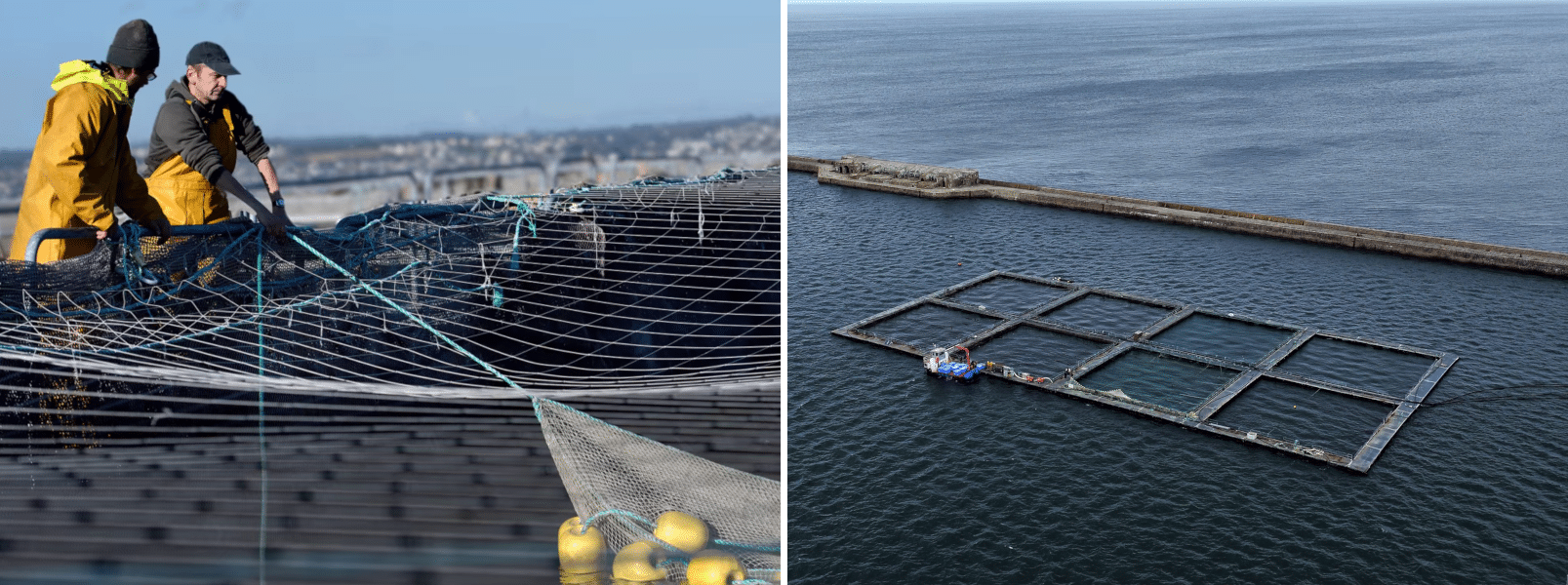
The challenges and opportunities of urban aquaculture
Although promising, the implementation of urban aquaculture is not without challenges. Strict urban regulations, the initial cost of installation, and the necessary buy-in from citizens are obstacles to overcome. However, these hurdles are not insurmountable and can be transformed into opportunities for innovation and sustainable development.
Driven by a growing demand for sustainable solutions, policymakers and economic actors are beginning to find pioneering solutions. By supporting local initiatives, facilitating access to funding, and promoting policies open to innovation, urban aquaculture can truly become a pillar of the sustainable cities of tomorrow.
| Challenges | Opportunities |
|---|---|
| Regulations | Adaptation of laws |
| Initial cost | Subsidies and grants |
| Citizen engagement | Education and awareness |
Urban aquaculture: towards a sustainable future
The complex transition towards a more sustainable urban model is underway thanks to aquaculture. The importance of this approach lies in its ability to bring about structural changes within our urban ecosystem, offering a model of modern agroecology that respects both the natural environment and human needs.
Furthermore, the growing popularity of these aquaponic and hydroponic solutions is inspiring a new generation of engaged city dwellers. These citizens, connected to sustainable development, transcend traditional barriers of urbanity and become involved in creating resilient and bio-inspired cities. The integration of these practices allows us to feed the planet while preserving its natural resources.
Ultimately, as the world strives to recover from increasing environmental challenges, urban aquaculture emerges not only as a response but as a promise. A promise of cities no longer isolated from nature, but in harmony with it, where every citizen has a role to play in protecting our past and building our future.




